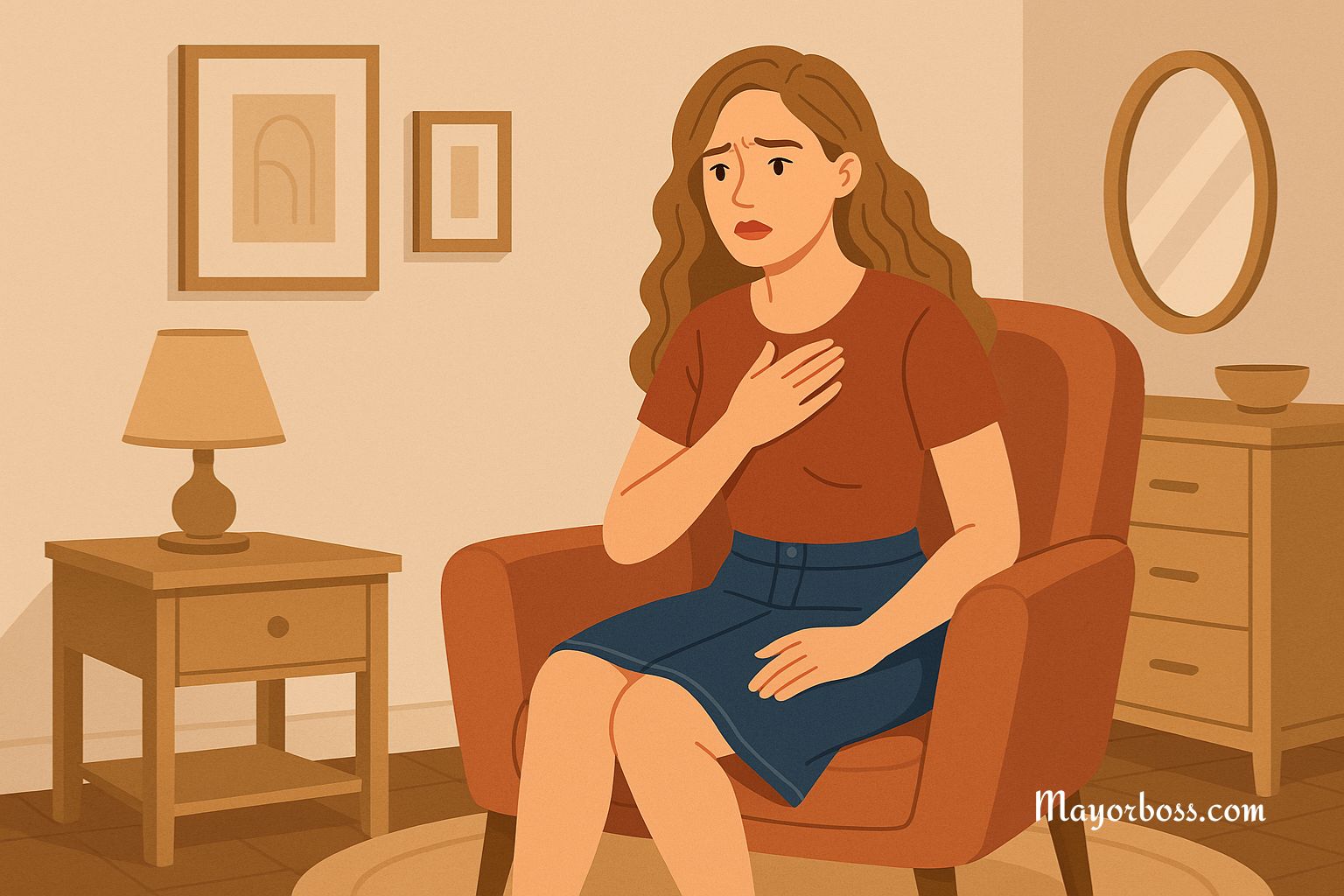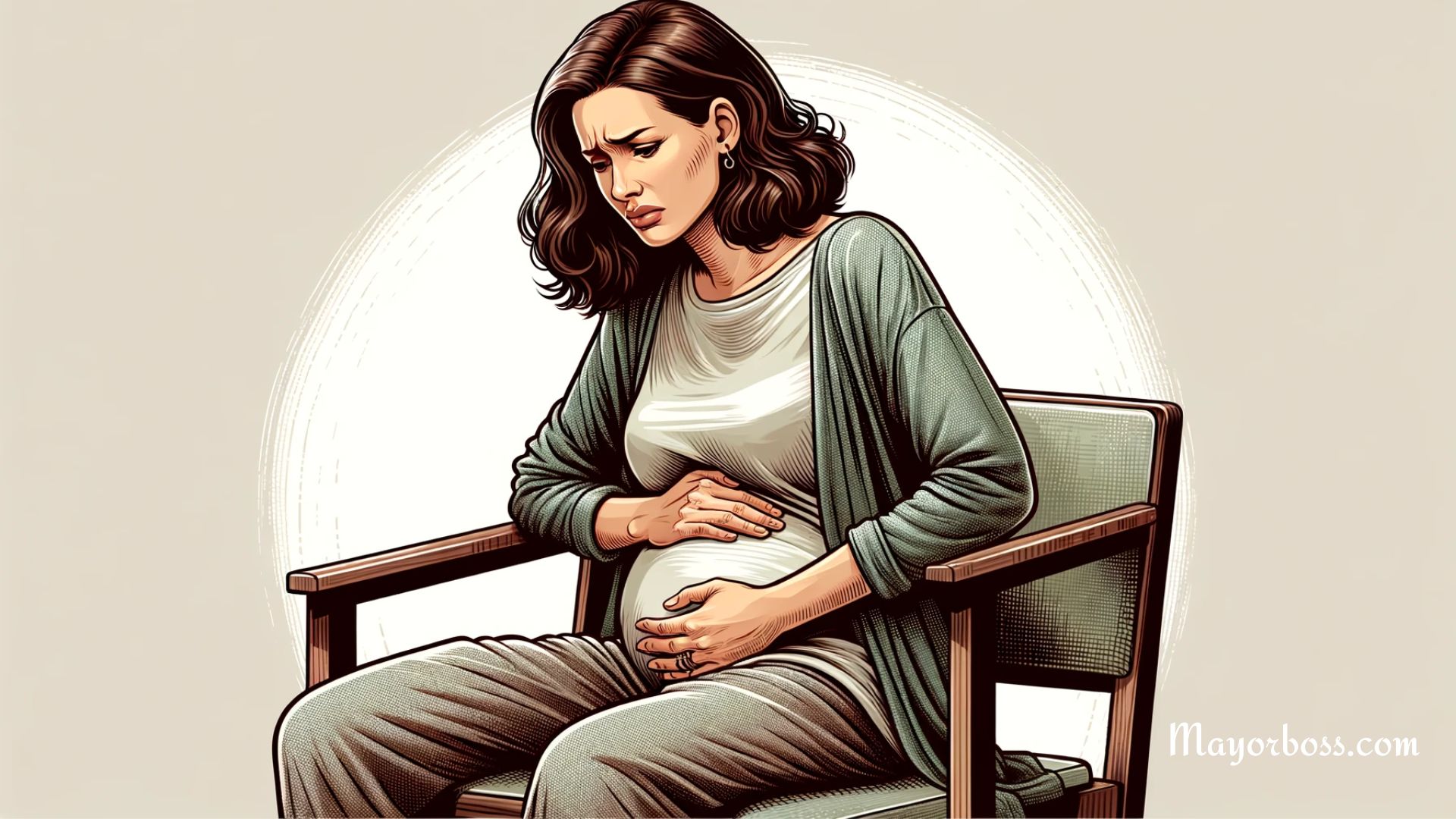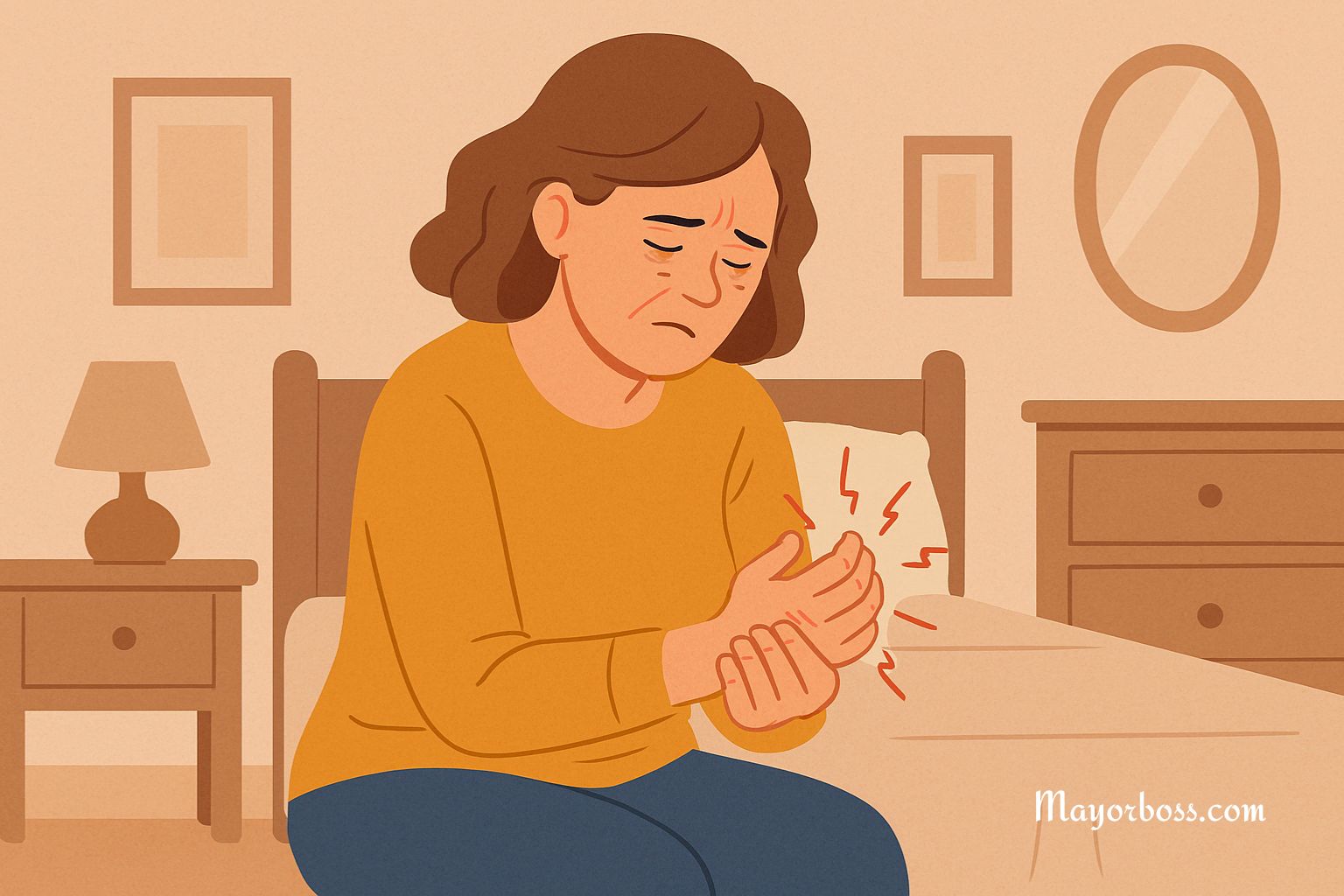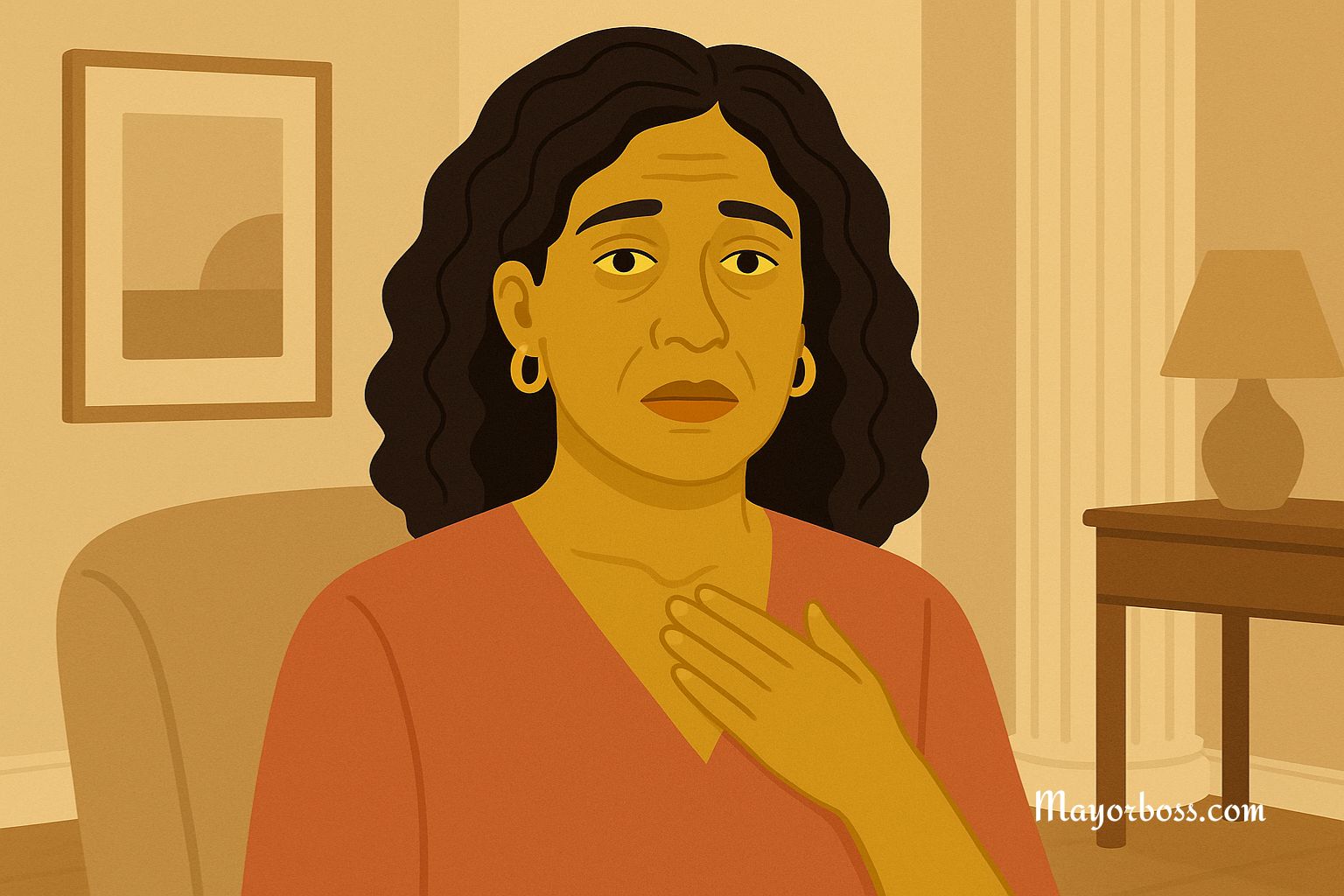Vascular Problems Often Start with These Silent Signs
Vascular problems affect the blood vessels that carry blood throughout your body. These include arteries, veins, and capillaries. When something goes wrong in this system, it can lead to serious health issues like heart attacks, strokes, or blood clots. What makes vascular problems tricky is that they often develop quietly. Many people don’t notice any obvious symptoms in the early stages.
However, your body may be giving you subtle signs that something is wrong. Knowing these early clues can help you catch problems before they become dangerous.
What Are Vascular Problems?
Vascular problems are conditions that affect how blood flows in your body. They include:
These problems can reduce oxygen flow to tissues and organs, causing damage over time.
These Symptoms Could Be a Red Flag for Vascular Issues

Silent Sign #1: Numbness or Tingling in Extremities
If you often feel tingling, numbness, or a “pins and needles” sensation in your hands, feet, arms, or legs, this could mean poor blood flow. When blood doesn’t reach certain areas well, nerves can be affected. This sign is often overlooked, especially if it comes and goes. But recurring symptoms may suggest narrowing arteries or early nerve damage linked to poor circulation.
Silent Sign #2: Cold Hands and Feet
If your hands or feet often feel colder than the rest of your body—even in warm rooms—this may be a sign that your blood vessels are struggling to supply enough warm blood to those areas. This can point to narrowed arteries, often caused by plaque buildup (atherosclerosis). People with PAD or Raynaud’s phenomenon may notice this frequently.
Silent Sign #3: Leg Pain While Walking
Some people develop cramping, tightness, or aching in the calves, thighs, or buttocks when walking. The pain often goes away with rest. This condition, called claudication, may be one of the earliest signs of peripheral artery disease. It happens when narrowed arteries can’t deliver enough oxygen-rich blood to the muscles during physical activity.
Silent Sign #4: Slow-Healing Wounds on Legs or Feet
Cuts or sores on your lower legs or feet that heal very slowly—or don’t heal at all—may signal poor circulation. Blood is needed to bring nutrients and oxygen to help wounds heal. Without enough blood flow, healing takes longer. This may increase your risk of infections or serious complications.
Silent Sign #5: Changes in Skin Color
Have you noticed your legs, feet, or toes turning pale, bluish, or even dark red? Discoloration can be a warning that blood isn’t flowing properly. A pale color can mean poor oxygen delivery. Bluish or purplish skin (cyanosis) may appear when blood lacks oxygen. Red or dark patches can result from damaged blood vessels or inflammation.
Silent Sign #6: Swelling in the Lower Legs
Swelling in your ankles or calves may result from fluid buildup caused by poor vein function. When veins can’t return blood properly to the heart, fluid can leak into surrounding tissues. This is often a sign of chronic venous insufficiency or early heart failure. Don’t ignore frequent leg swelling, especially if it worsens at the end of the day.
Silent Sign #7: Visible Veins or Skin Texture Changes
Bulging, twisted veins in the legs are often seen as just a cosmetic issue, but varicose veins can signal deeper circulation problems. Over time, poor vein function can lead to skin thickening, flaking, or even ulcers. These symptoms show that the skin isn’t receiving enough nutrients from the blood.
Silent Sign #8: Weak Pulse in the Feet
Doctors often check for a pulse in the feet during exams. If it’s hard to feel or absent, this may suggest blocked arteries. A weak pulse in the lower limbs is a sign of reduced blood flow, which is often seen in people with advanced peripheral artery disease.
Silent Sign #9: Brain Fog or Dizziness
Reduced blood flow doesn’t only affect the limbs. If less blood reaches the brain, you might feel lightheaded or struggle to focus. You may experience episodes of dizziness, especially when standing up quickly. In some cases, this can be a sign of carotid artery narrowing or heart issues that affect blood delivery to the brain.
Silent Sign #10: Erectile Dysfunction in Men
Poor blood flow can affect all parts of the body—including sexual function. For men, trouble achieving or maintaining an erection may be an early sign of vascular disease. The arteries involved in erectile function are small and may show signs of trouble before larger vessels do. If this symptom appears without other known causes, it’s worth investigating the vascular system.
What to Do if You Notice These Signs
Don’t ignore subtle symptoms. These signs might not feel urgent, but they can point to serious problems developing silently.
Here’s what to do:






